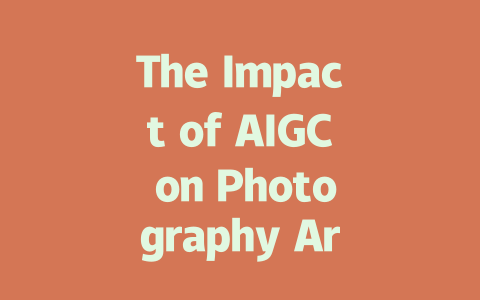
The integration of Artificial Intelligence Generated Content (AIGC) into education has revolutionized how various disciplines are taught, and photography is no exception. As digital tools increasingly permeate creative fields, understanding AIGC’s impact on photography art education is essential for both educators and students. This article explores how AIGC is reshaping photography instruction, its benefits, challenges, and the future of the medium in educational contexts.
A New Paradigm in Photography Education
Traditionally, photography education has focused on the technicalities of camera operation, composition, and the darkroom process. However, with the arrival of AIGC technologies, the scope of learning has broadened. Students now have access to powerful AI tools that can assist in generating images, editing photos, and even providing feedback. This paradigm shift encourages students to embrace technology as a collaborative partner in their creative processes.
Enhanced Learning Experiences
AIGC tools provide photography students with unique opportunities for enhanced learning experiences. For instance, AIGC can simulate various lighting conditions or environments, allowing students to experiment with their techniques without needing physical resources. Moreover, AI-driven platforms can analyze a student’s body of work, offering personalized feedback and suggestions for improvement. This tailored approach not only fosters creativity but also accelerates learning outcomes.
Creating Inclusivity in Art Education
The democratization of photography education is one of the most significant benefits of AIGC. With accessible tools, students from diverse backgrounds can engage in the art form without the barriers of expensive equipment or extensive training. AIGC allows for instant experimentation and exploration, thereby encouraging a broader range of voices and perspectives in the photography world.
Challenges to Consider
While the benefits of AIGC in photography education are clear, there are also challenges that educators must navigate. Critical discussions around authorship and originality arise when students create work using AI tools. It is essential to teach students the ethical implications of using AIGC, including how to credit sources and understand the limits of AI-generated content. Furthermore, reliance on AI tools may inhibit the development of fundamental skills if not integrated thoughtfully into the curriculum.
Future Directions
Looking forward, the role of AIGC in photography education is likely to expand. As AI technology continues to evolve, educators must remain adaptable to incorporate new tools and methodologies into their teaching practices. The integration of AIGC will reshape not only how photography is taught and learned but also how it is conceptualized as an art form. Continuous professional development for educators in this domain will be crucial for ensuring that they can effectively leverage these technologies in their classrooms.
Conclusion
The impact of AIGC on photography art education is a multifaceted evolution of the discipline. With its potential to enhance learning experiences, foster inclusivity, and inspire innovation, AIGC serves as a valuable asset in the educational landscape. However, the challenges it poses must be addressed to ensure a balanced approach that maintains the integrity of artistic practice. As we move forward, embracing AIGC will open new avenues in photography education, preparing students for an increasingly digital and collaborative future in art.







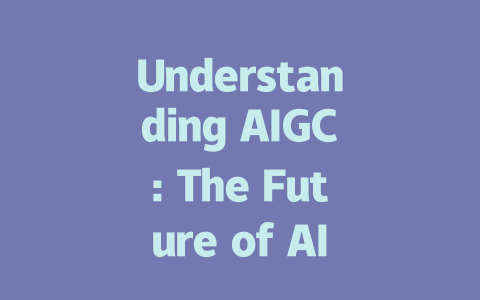
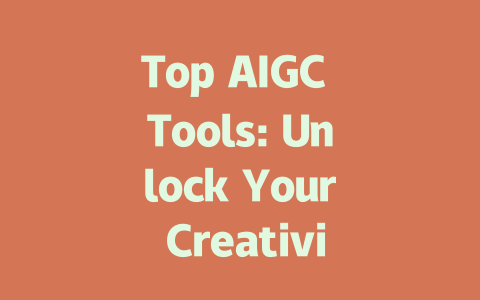
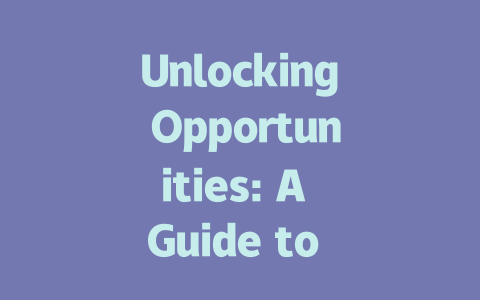
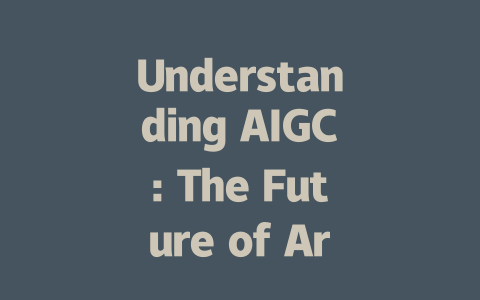
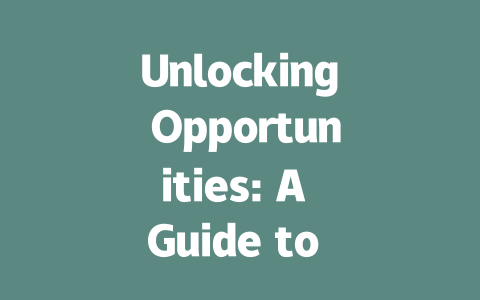


暂无评论内容